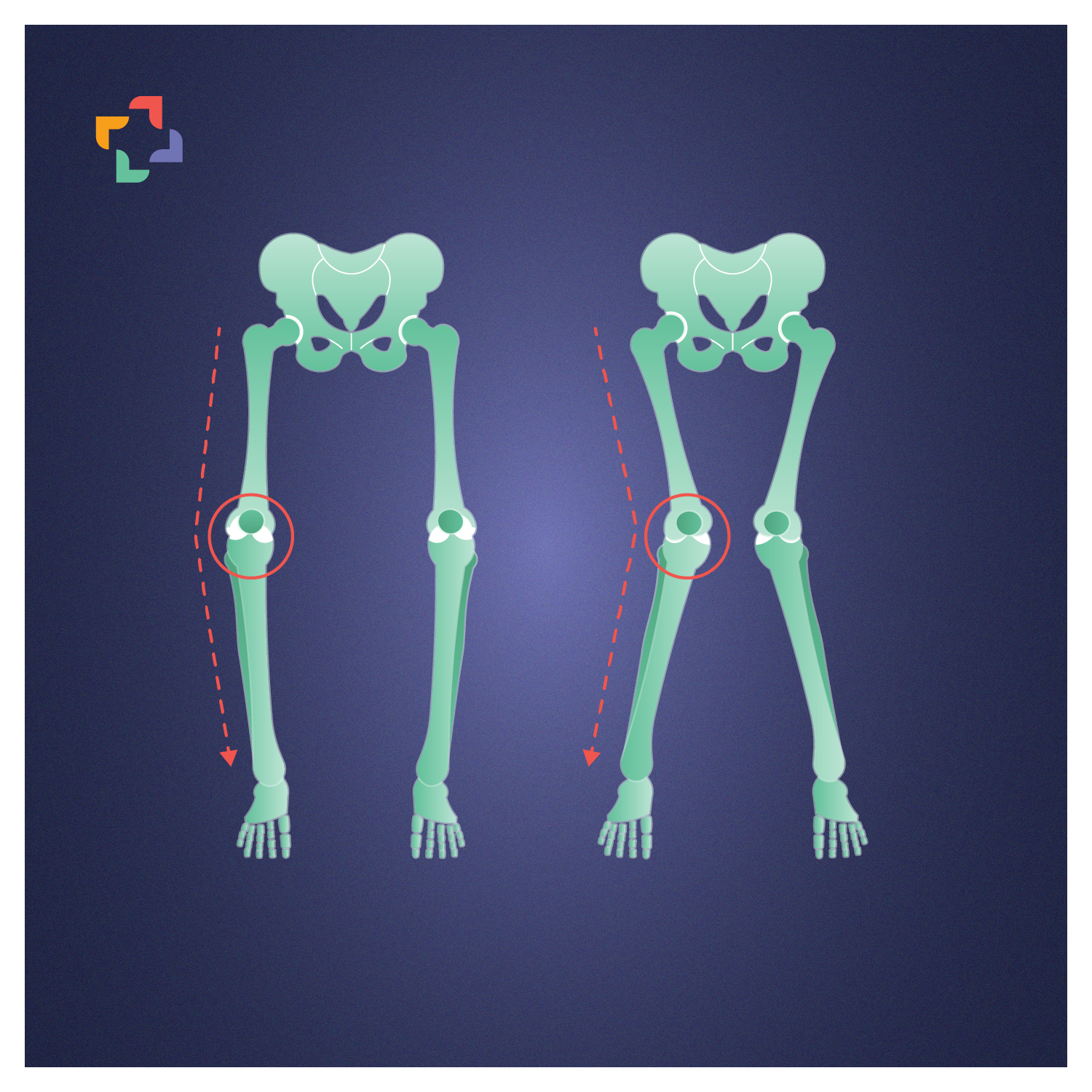Podcast-Angular Deformities
Learning Objectives
At the end of this course, participants should be able to:
- Understand the normal progression of angular deformities in pediatric patients, including genu varum (bow legs) and genu valgum (knock knees), and recognize their expected resolution timelines.
- Identify red flags in angular deformities, such as asymmetry, limp, pain, and abnormal progression, that may indicate underlying pathology requiring further evaluation.
- Diagnose and manage conditions associated with angular deformities, including rickets, hypophosphatemic rickets, Blount’s disease, and saber shin deformity, and understand their distinct clinical features and diagnostic criteria.
- Explore modern treatment options for angular deformities, including hemiepiphysiodesis and other minimally invasive methods, as well as when more invasive procedures like osteotomies may be required.
- Recognize the importance of screening and early detection for developmental dysplasia of the hip (DDH) in pediatric patients, and learn how to perform key diagnostic maneuvers such as the Barlow and Ortollani tests.
- Evaluate late findings in DDH, such as the Galeazzi sign, and understand how these signs guide further diagnostic imaging and orthopedic management.
Intended Audience:
This online course is designed for pediatricians, family physicians, and pediatric orthopedics.
Abstract:
In this episode, Dr. Eyal Ben-Isaac and Dr. Alexander Van Speybroek discuss Angular Deformities in pediatric patients, focusing on genu varum (bow legs) and genu valgum (knock knees). They explore the normal progression of these conditions, their resolution timelines, and key diagnostic criteria. The episode highlights red flags such as asymmetry, limp, and pain, and delves into modern treatment options like hemiepiphysiodesis. Additionally, the discussion covers the management of associated conditions like rickets, hypophosphatemic rickets, Blount’s disease, and saber shin deformity. The episode also emphasizes developmental dysplasia of the hip (DDH), including screening practices, risk factors, and diagnostic approaches, with a focus on early detection through physical exams like the Barlow and Ortolani maneuvers and recognizing late findings such as the Galeazzi sign. This episode aims to provide healthcare professionals with essential knowledge for the early recognition, diagnosis, and treatment of angular deformities, leading to better outcomes for pediatric patients.
Assessment and Earning CME Credit:
This course in English is not CME-accredited. However, it provides valuable educational content that can enhance your knowledge and skills in the subject matter. To receive CME credit for this course in Armenia, you must take the course in Armenian and complete the post-course quiz. You have three chances to achieve a passing score of 70%. Once you pass the quiz, we will send your information to the Armenian Ministry of Health for credits.

Alexander Van Speybroek, MD, MPH
Dr. Alexander Van Speybroeck, MD/MPH, is an attending pediatrician in the Division of General Pediatrics at Children’s Hospital Los Angeles, where he serves as the Medical Director of the Spina Bifida Program and Co-Director of the Global Health IMPACT Track Residency Program. He is also a Clinical Assistant Professor of Pediatrics at the Keck School of Medicine of USC. Board Certified in Pediatrics, Dr. Van Speybroeck specializes in the care of children with Spina Bifida, Muscular Dystrophy, and Cerebral Palsy at Shriners Hospital for Children in Los Angeles. His global health experience spans medical missions in Mexico, Ecuador, El Salvador, Nicaragua, Mongolia, Vietnam, and Guatemala. He is actively involved in the care of children with Spina Bifida and has served as a member, lecturer, and researcher with the Spina Bifida Association and the US Centers for Disease Control. He earned his medical degree from Boston University School of Medicine and School of Public Health and completed his internship and residency at Children’s Hospital Los Angeles. Dr. Van Speybroeck is a recipient of multiple awards, including the Children’s Hospital Los Angeles Humanism Award Nominee and the Shriners Hospital for Children 10-Year Service Award.
